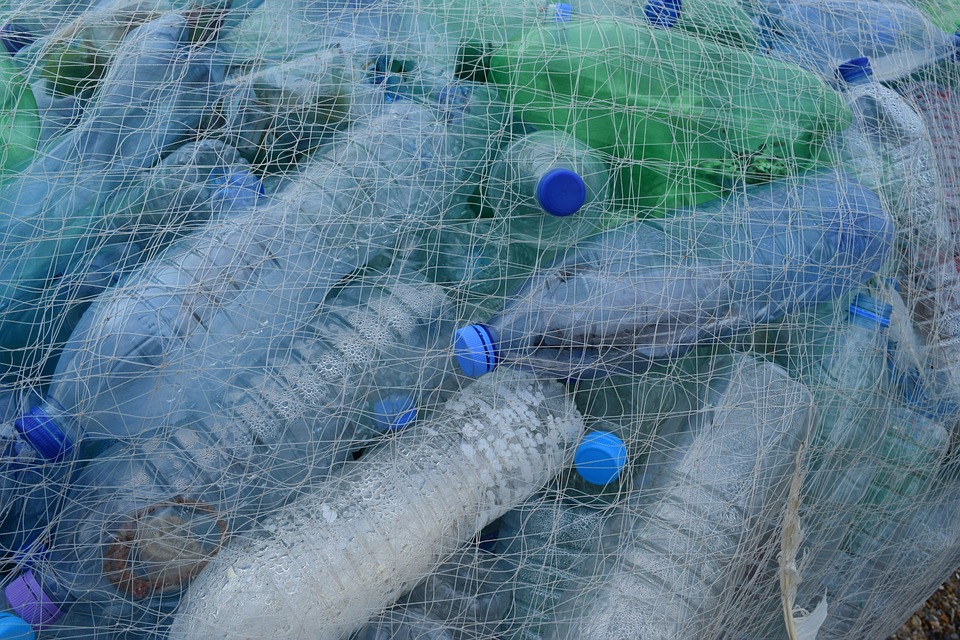Energy Department announces ten-year plan to reduce solar energy cost by 60 percent
04/20/2021 / By Ramon Tomey

Biden administration officials announced a plan to reduce the cost of solar energy by 60 percent within the next ten years. This goal, set by the Department of Energy (DOE), aims to reduce the cost of utility-scale solar energy by 2025 and 2030. According to officials, the move was essential to achieving the 100 percent clean energy by 2035 objective set by President Joe Biden.
In a March 25 statement, the DOE said it would strive to reduce the cost of solar energy, currently at 4.6 cents per kilowatt-hour, to 3 cents by 2025 and 2 cents by 2030. It also announced new funding worth $128 million for solar energy – intended to lower its cost, improve its performance and expedite its deployment. Most of the funding would be allocated to research on thin-film solar and concentrating solar-thermal technologies.
DOE Secretary Jennifer M. Granholm said: “In many parts of the country, solar is already cheaper than coal and other fossil fuels – and with more innovation, we can cut the cost [of solar] again by more than half within the decade.”
The Energy Department‘s plan builds upon a goal set by former President Barack Obama in 2011. This goal set by Obama was eventually reached in 2017 when the cost of utility-scale solar energy fell to 6 cents per kilowatt-hour.
The department added that hundreds of gigawatts of solar energy need to be installed at five times faster than the current rate to achieve Biden’s dream of a carbon-free electric grid by 2035.
Democratic lawmakers lauded the Energy Department‘s plan for solar energy. Democratic Sen. Edward J. Markey said: “To meet our bold zero emissions goals by 2035, we need to unleash major investment in solar energy and technologies.” Sen. Ben Ray Luján (D-NM) also shared the same sentiments. “To combat climate change, America must put clean energy within the reach of every household. I applaud the Department of Energy for making this strong investment in our energy future,” the New Mexico lawmaker commented.

DOE to allocate funding to promote solar technologies
The DOE, through its Solar Energy Technologies Office (SETO), commented that agency funding worth $128 million will focus on thin-film solar and concentrating solar-thermal technologies. The department stated that SETO will support research on two main materials to create solar cells – perovskites and cadmium telluride (CdTE) thin films. (Related: The solar energy industry is exploding with new technologies, including “solar paint”.)
The department will award $40 million to 22 projects aiming to utilize perovskites, a family of emerging solar materials that result in high-efficiency and low-cost solar cells. In addition, it will award $3 million worth of capital to entrepreneurs wishing to commercialize perovskite solar panels through the Perovskite Startup Prize. Furthermore, the department will allocate $20 million for the development CdTe solar panels. The DOE’s National Renewable Energy Laboratory will set up a consortium to advance CdTe as a material for solar panels. First developed in the U.S., more affordable CdTe panels make up 20 percent of the modules installed in the country.
An additional $7 million will also be allocated toward projects that will increase the lifetime of existing silicon-based photovoltaic systems. This separate allocation will strive to improve photovoltaic system components — such as inverters, connectors, cables and trackers – and extend their lifetime by an additional 20 years. (Related: Solar cell breakthrough could DOUBLE energy capture efficiency to over 40 percent.)
The DOE also announced funding for concentrating solar-thermal power (CSP) projects, allocating a total of $58 million for this purpose. CSP differs from conventional photovoltaic energy that directly converts sunlight into electricity straight away. Instead, CSP systems use the heat of the sun to power a turbine or engine that then generates electricity.
Of this amount, $33 million will be set aside for advancing CSP technologies with the goal of long-duration energy storage. This technology couples well with CSP plants and is key to decarbonizing the electricity sector, but the DOE said its cost must fall “by a factor of two” before it can be rolled out. The remaining $25 million will be directed to Sandia National Laboratories, who will then establish a facility for researchers, developers and manufacturers to test next-generation CSP components and systems.
The DOE’s promotion of solar energy comes in line with new legislation to encourage further developments in the field. Reps. Mike Doyle, Vern Buchanan and Earl Blumenauer introduced the Energy Storage Tax Incentive and Deployment Act of 2021 on March 9 to extend investment tax credit to standalone energy systems.
Under the current system, standalone energy storage systems only qualify for tax credits if they are accompanied solar energy collection systems. The bill by Doyle and his colleagues would extend this tax credit to a wider range of applications, not just solar.
In a statement, Doyle said the proposed bill “would encourage the use of energy storage technologies, helping [to] reach … climate goals and create a more resilient and sustainable future.” According to the Pennsylvania lawmaker, the bill he introduced would promote greater investment and research into energy storage technologies, bolster the advanced energy economy and create more clean energy jobs.
Visit Power.news to read more about future advancements in solar.
Sources include:
Doyle.House.gov 1 [PDF]
Tagged Under:





















